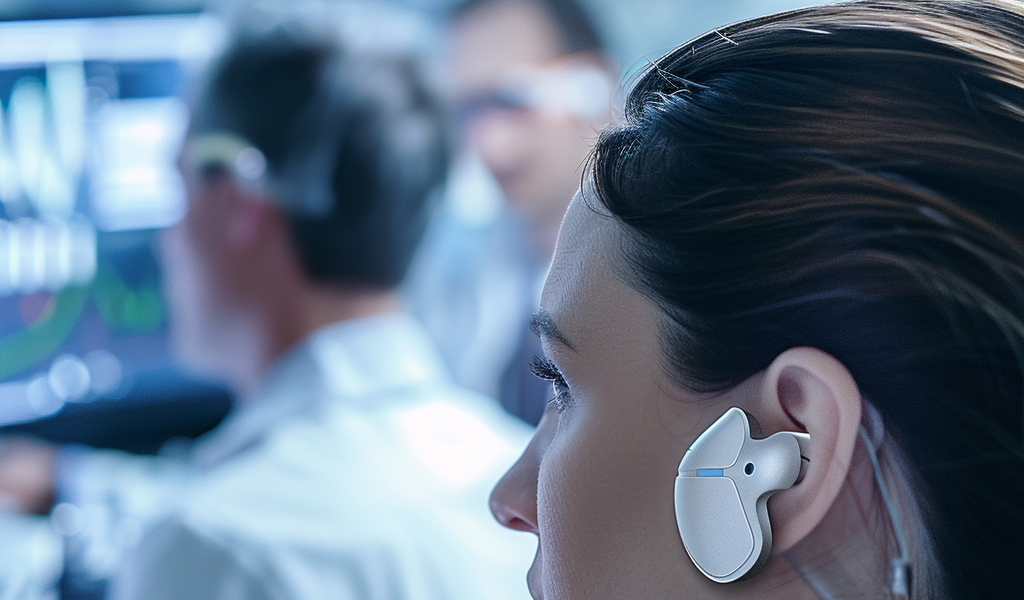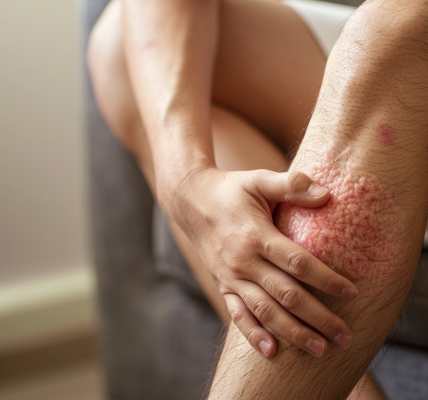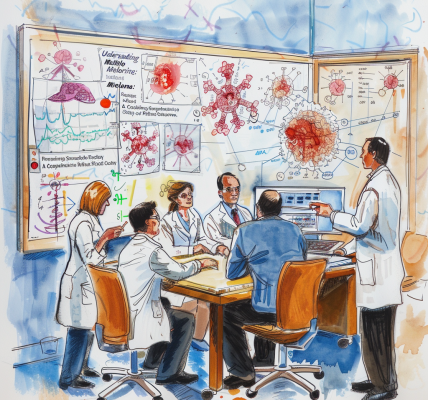In a groundbreaking development in the realm of medical technology, researchers are exploring the potential of innovative earbud-like devices for the early detection of Alzheimer’s disease and other neurological conditions. These devices, referred to as “hearables” by Miriam Boutros from École de Technologie Supérieure in Montreal, represent a significant shift from conventional earbuds that transmit sound into the ear. Instead, these hearables are designed to block external noise while capturing internal sounds emanating from the body.
The mechanism behind these hearables is akin to the way singers cup their hands over their ears to better hear their own voice or how individuals might place their fingers in their ears to listen to their heartbeat. By effectively isolating the ear from external sounds, these devices enhance the ability to detect subtle internal noises.
While traditional methods of listening to internal body sounds may not yield detailed information, the use of sensitive microphones, such as those utilized by Boutros’s research team, opens up new possibilities. The technology is capable of picking up a range of sounds, including heartbeat, breath, and even the sound of a voice. Remarkably, it can also detect minute movements such as eye blinks and rapid eye movements, known as saccades.
Saccades are quick eye movements that occur when a person shifts their gaze from one point to another, often while reading or observing their surroundings. According to Boutros, these small motions produce vibrations in the eardrum that are imperceptible to the individual but can be captured by the hearable’s microphone. This capability is particularly significant because alterations in saccade patterns have been identified as early indicators of Alzheimer’s disease. Research indicates that individuals with Alzheimer’s may exhibit shorter, more variable, and less precise saccades.
Understanding these patterns could prove instrumental in facilitating early detection of Alzheimer’s, which is crucial given the current lack of a cure for the disease. However, there are treatments available that can help slow its progression, making early identification vital for effective intervention.
Beyond Alzheimer’s, Boutros’s research is also extending to Parkinson’s disease, another neurodegenerative condition that may reveal detectable changes through the use of hearables. Her team is currently investigating the sounds associated with swallowing, as individuals with Parkinson’s often experience challenges in regulating their breath during this process. The hearable technology can effectively capture the sounds produced during swallowing, potentially serving as a marker for Parkinson’s disease.
The implications of this research are profound, as they could lead to non-invasive, accessible methods for monitoring neurological health. The ability to detect early signs of conditions such as Alzheimer’s and Parkinson’s through everyday devices could revolutionize the way these diseases are diagnosed and managed.
As the research advances, the potential for hearables to play a pivotal role in early detection and intervention strategies continues to grow. This innovative approach not only highlights the intersection of technology and healthcare but also emphasizes the importance of proactive measures in the fight against neurodegenerative diseases.
With the ongoing exploration of hearables in medical research, the future looks promising for early detection methods that could significantly impact patient outcomes and quality of life. As scientists delve deeper into the capabilities of these devices, the hope is to develop tools that empower individuals and healthcare providers in the early identification and management of neurological disorders.





